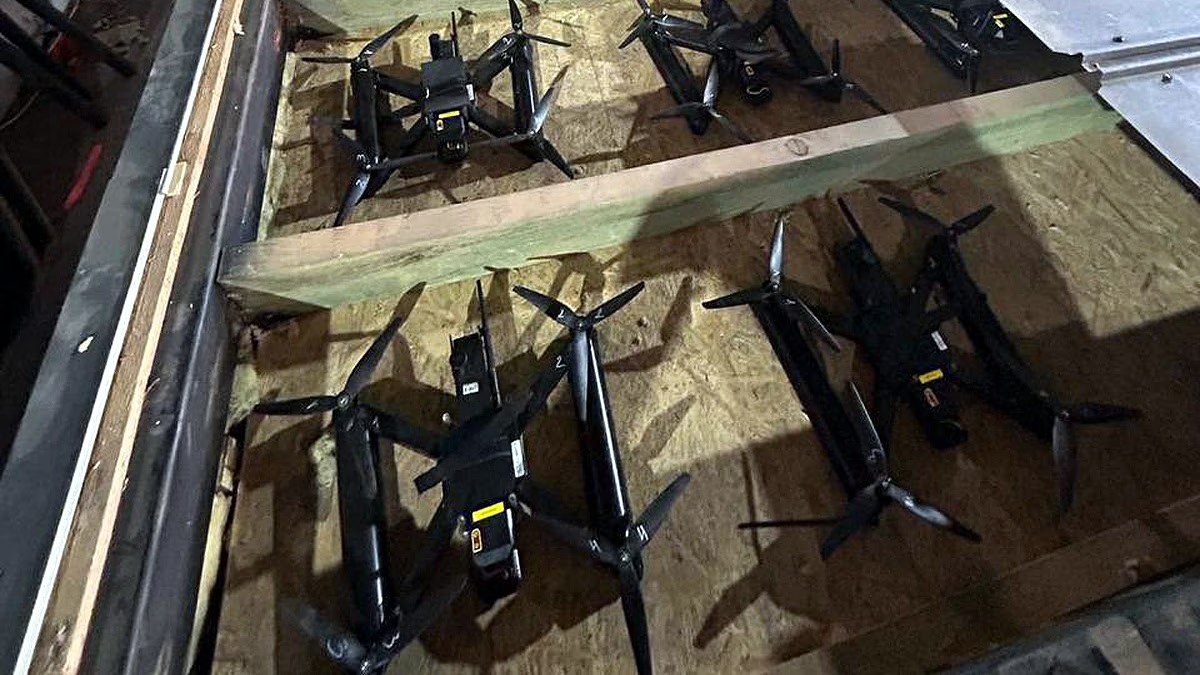COVID-19 cases in India:
Growing concerns around coronavirus in India have put the health department on alert. According to the Ministry of Health and Family Welfare, as of 8:00 AM on June 2, the number of active COVID-19 cases is at 3961, with a total of 28 deaths. Kerala reports 1435 active cases, Maharashtra 506, Delhi 483, and Gujarat 338. This surge is attributed to emerging variants NB.1.8.1 and LF.7, while JN.1 remains the dominant strain. Health officials urge public calm and advise maintaining hygiene in crowded places. Adults with pre-existing conditions and those unvaccinated face higher risk. Doctors shed light on the symptoms emerging due to these new variants.
Expert Opinions
Health officials encourage the public not to panic. India's medical infrastructure remains robust against potential surges. As the virus evolves, health officers ask for precautionary measures like hygiene, masks in crowded areas, and timely testing. Although hospital admissions are low, experts caution against complacency.
NB.1.8.1: A Cause of New Cases
In Singapore, health authorities identify JN.1 descendants LF.7 and NB.1.8.1 as causes for over two-thirds of local cases. They clarify there's no indication these variants are more infectious or lead to severe illness compared to earlier strains. With periodic COVID-19 waves expected throughout the year, preparedness remains key.
Symptoms of New Sub-Variants
Dr. Ajit Tambolkar, an intensive care expert at Pune Hospital, shares insights: 'We are treating a 70-year-old diabetic COVID patient in isolation, not needing ICU care, recently discharged, having shown mild flu-like symptoms.' He advises seeking medical help if symptoms persist beyond three days.
When to Test for COVID-19?
People are advised to monitor for symptoms like fever, congestion, nausea, digestive issues, and sore throat. Testing is recommended if they persist beyond 3-4 days.
NB.1.8.1 (NB.1.8.1)
Cases in parts of Asia have linked to NB.1.8.1 increases. While there's currently no evidence of increased severity, surveillance continues. The variant presents unique features but hasn't posed significant threats yet.
The NB.1.8.1 variant exhibits spike protein mutations A435S, V445H, and T478I, potentially enhancing its infectiousness and immunity evasion. The World Health Organization (WHO) acknowledges its increased cell-binding ability but no evidence of greater severity than other variants exists yet.
Individuals affected by NB.1.8.1 report symptoms akin to other Omicron sub-variants: persistent cough, sore throat, fatigue, headaches, reduced appetite, gastrointestinal issues, blurred vision, nausea, or dizziness. Notably, continuous low-grade hyperthermia differs from fever as it lacks a set point shift.
LF.7 (LF.7)
A sub-lineage of JN.1, LF.7, remains prominent in India, comprising 53% of sampled sequences. WHO monitors it as a 'variant under surveillance' due to potential behavior-altering mutations, though not classified as a 'variant of concern' or 'variant of interest.'
Early studies suggest these sub-variants display higher infectiousness and a greater capacity to evade immunity compared to their predecessors.




